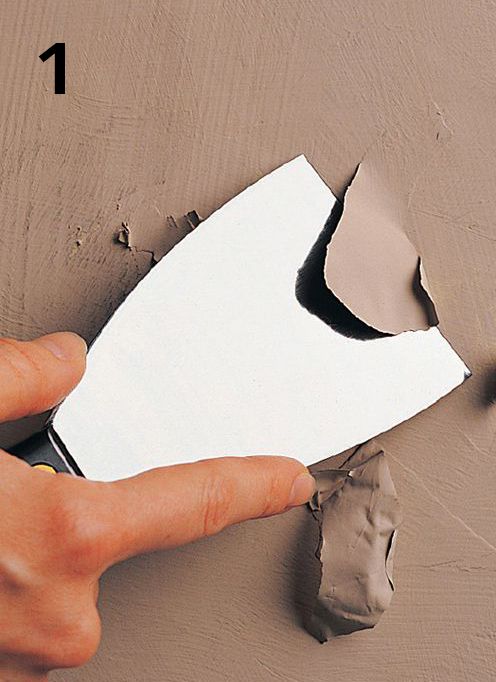

Scrape away loose paint with a putty knife or paint scraper.
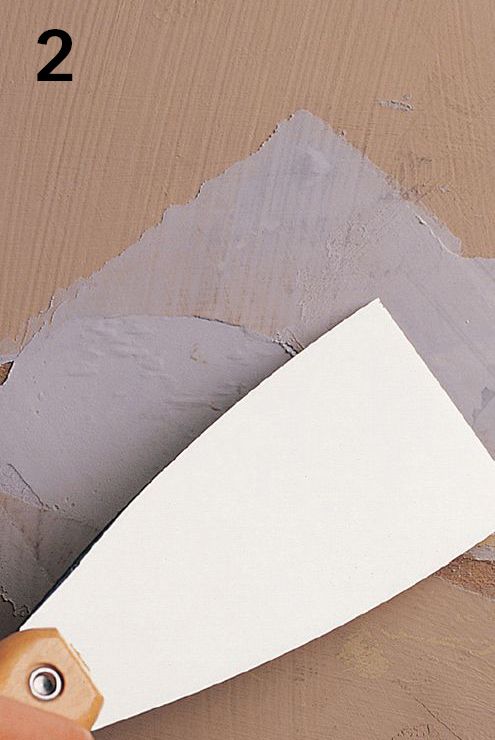
Apply spackle to the edges of the chipped paint with a putty knife or a flexible wallboard knife.
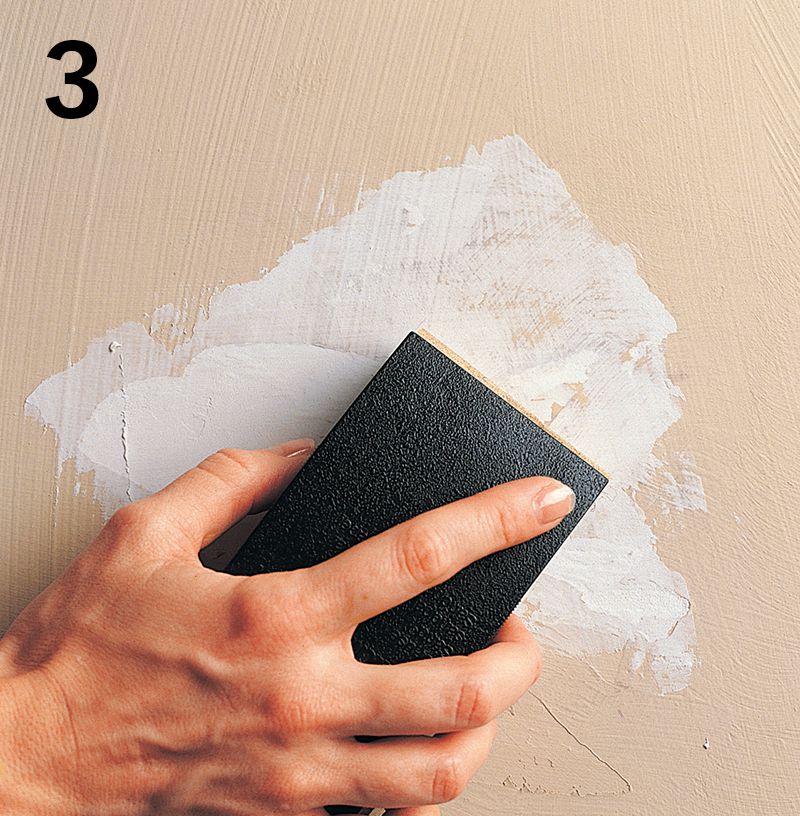
Sand the patch area with 150-grit production sandpaper. The patch area should feel smooth to the touch.
 HOW TO MASK TRIM
HOW TO MASK TRIM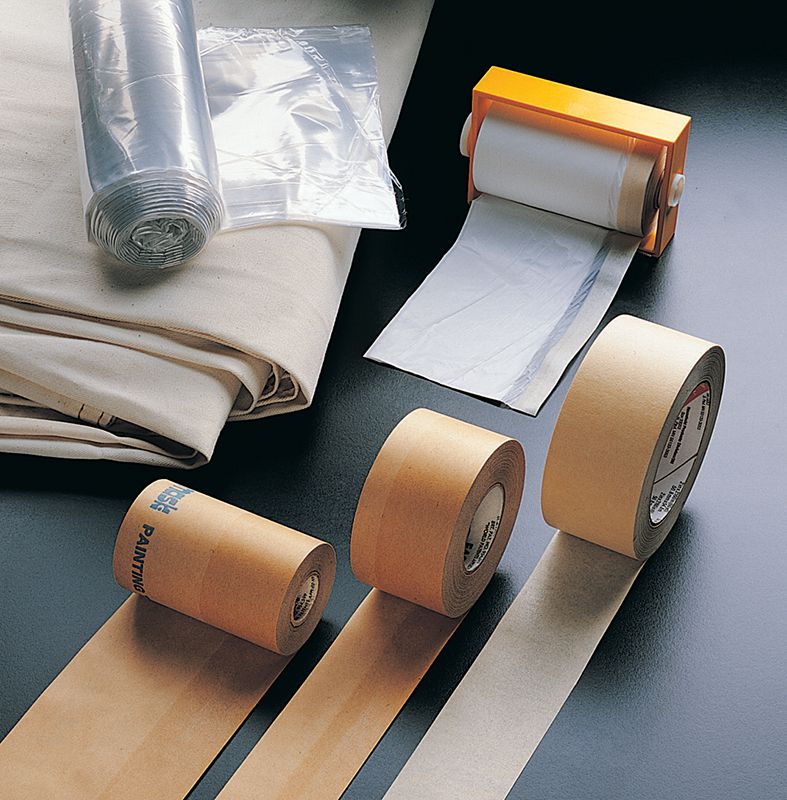
Masking and draping materials include (clockwise from top left): plastic and canvas drop cloths, self-adhesive plastic, masking tape, and pregummed masking papers.
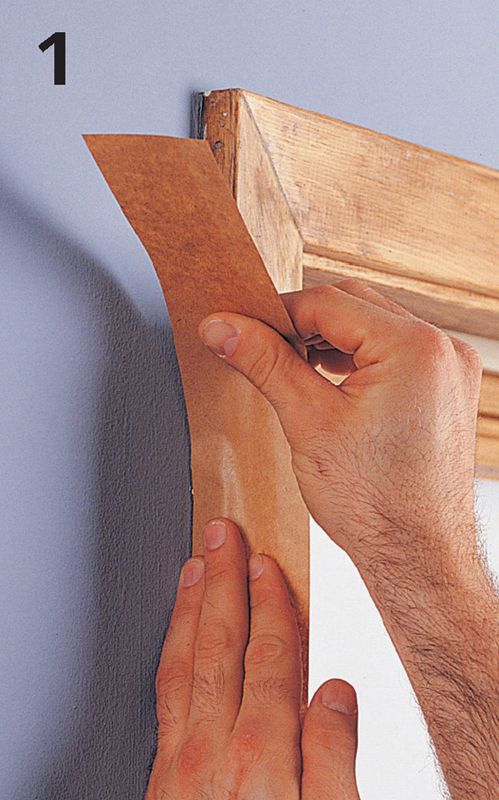
Use pregummed paper or wide masking tape to protect wood moldings from paint splatters. Leave the outside edge of the masking tape loose.
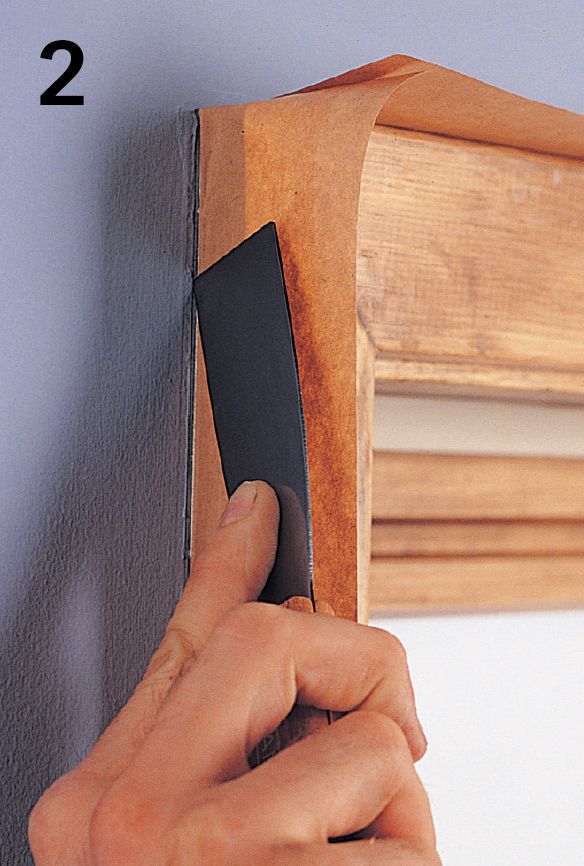
After applying the tape, run the tip of a putty knife along the inside edge of the tape to seal it against seeping paint. After painting, remove the tape as soon as the paint is too dry to run.
 HOW TO USE A PAINTBRUSH
HOW TO USE A PAINTBRUSH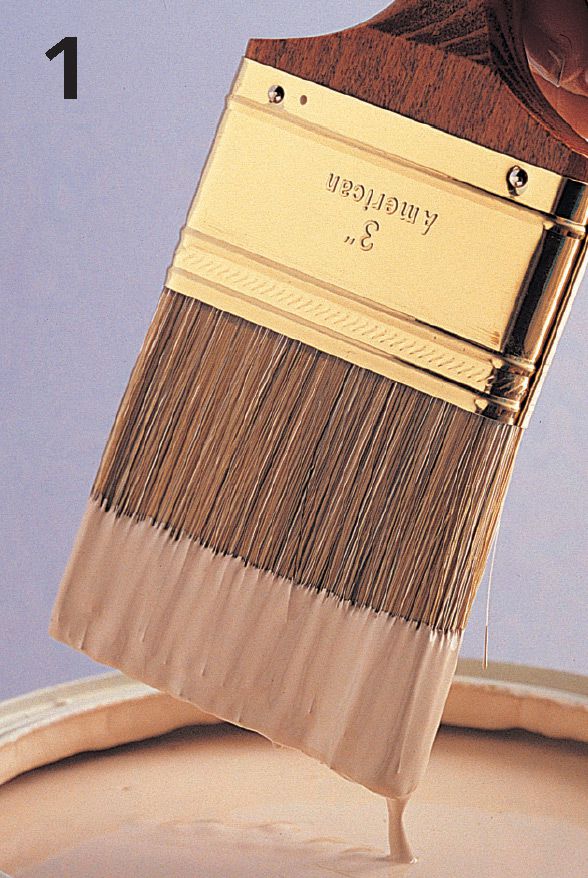
Dip the brush, loading one-third of its bristle length. Tap the bristles against the side of the can. Dipping deeper overloads the brush. Dragging the brush against the lip of the can causes the bristles to wear.
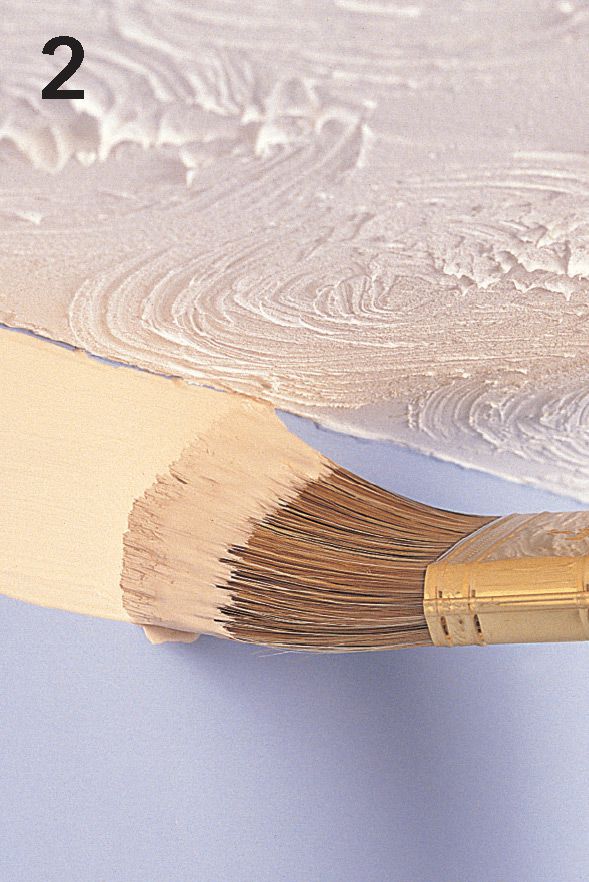
Cut in the edges using the narrow edge of the brush, pressing just enough to flex the bristles. Keep an eye on the paint edge, and paint with long, slow strokes. Always paint from a dry area back into wet paint to avoid lap marks.
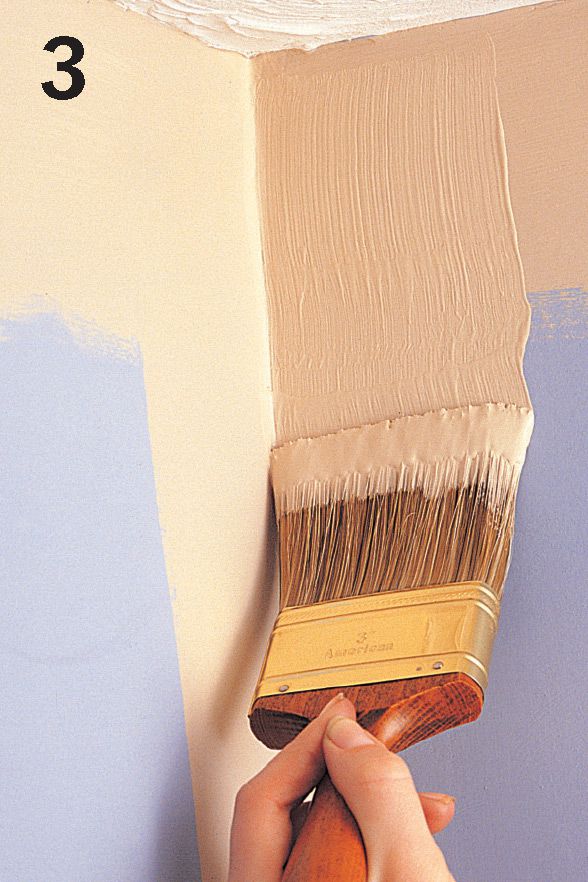
Brush wall corners using the wide edge of the brush. Paint open areas with a brush or roller before the brushed paint dries.
 HOW TO PAINT WITH A PAINT ROLLER
HOW TO PAINT WITH A PAINT ROLLER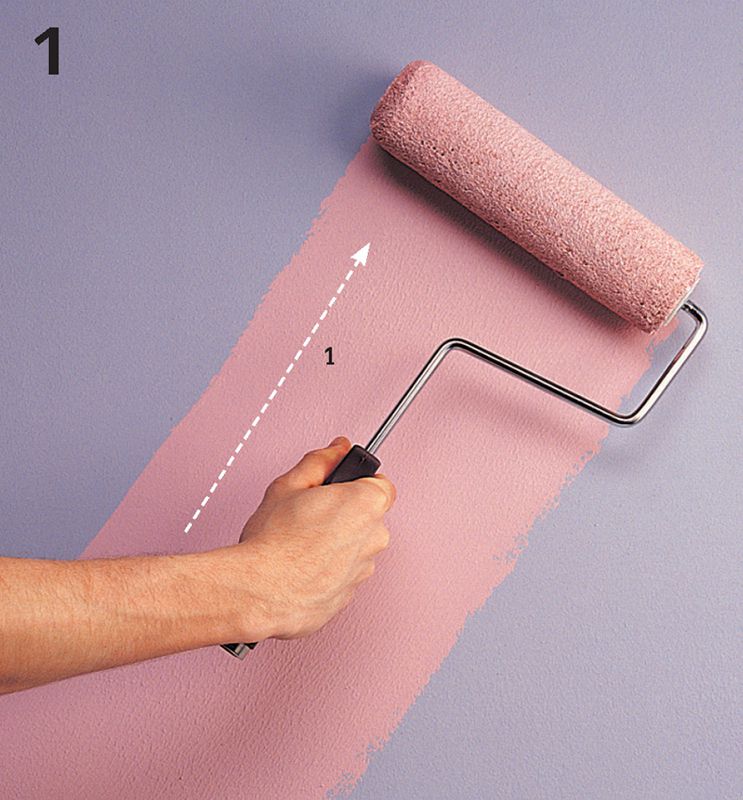
With the loaded roller, make a diagonal sweep (1) about 4 ft. long on the surface. On walls, roll upward on the first stroke to avoid spilling paint. Use slow roller strokes to avoid splattering.
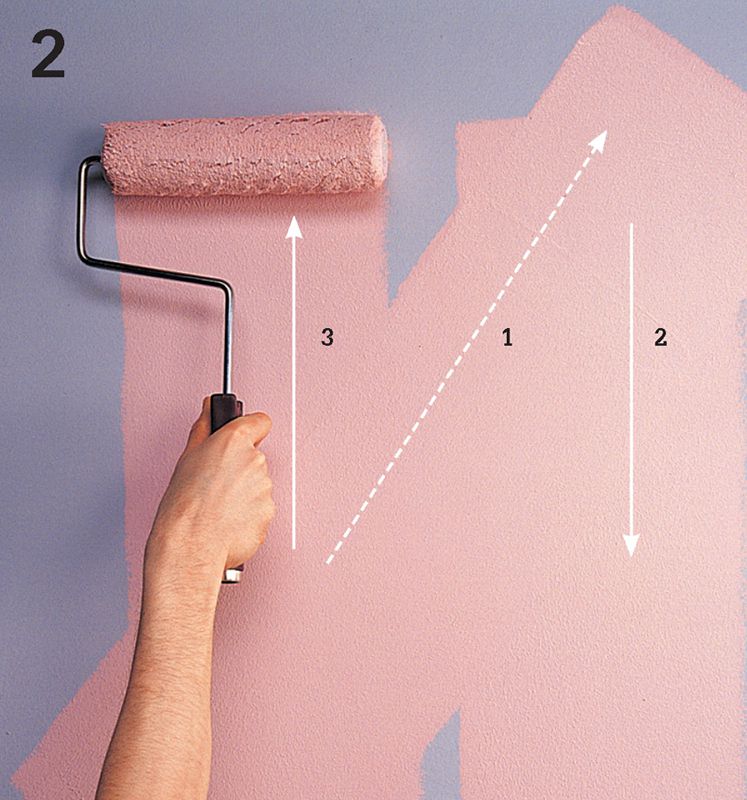
Draw the roller straight down (2) from the top of the diagonal sweep. Shift the roller to the beginning of the diagonal and roll up (3) to complete the unloading of the roller. Distribute paint over the rest of the section with horizontal back-and-forth strokes.
 HOW TO PAINT CEILINGS
HOW TO PAINT CEILINGS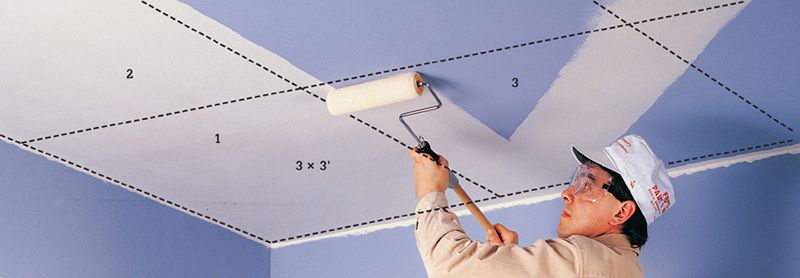
Paint ceilings with a roller handle extension. Use eye protection while painting overhead. Start at the corner farthest from the entry door. Cut in the edges with a brush, then paint the ceiling along the narrow end in 3-ft. × 3-ft. sections. Apply the paint with a diagonal stroke. Distribute the paint evenly with back-and-forth strokes. For the final smoothing strokes, roll each section toward the wall containing the entry door, lifting the roller at the end of each sweep.
 HOW TO PAINT WALLS
HOW TO PAINT WALLS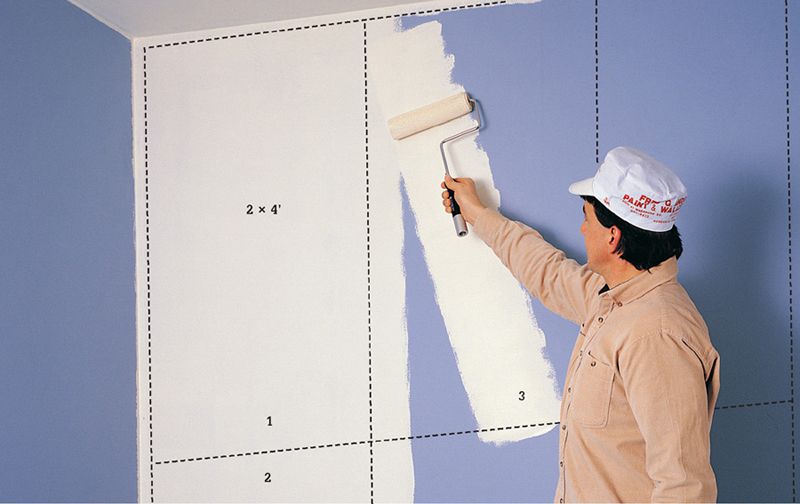
Paint walls in 2-ft. × 4-ft. sections. Start in an upper corner, cutting in the ceiling and wall corners with a brush, then rolling the section. Make the initial diagonal roller stroke from the bottom of the section upward, to avoid dripping paint. Distribute the paint evenly with horizontal strokes, then finish with downward sweeps of the roller. Next, cut in and roll the section directly underneath. Continue with adjacent areas, cutting in and rolling the top sections before the bottom sections. Roll all finish strokes toward the floor.